Hexamethyldisilazane
Synonym(s):HMDS;Hexamethyldisilazane;Bis(trimethylsilyl)amine;1,1,1,3,3,3-Hexamethyldisilazane;Bis(trimethylsilyl)amine, HMDS
- CAS NO.:999-97-3
- Empirical Formula: C6H19NSi2
- Molecular Weight: 161.39
- MDL number: MFCD00008259
- EINECS: 213-668-5
- SAFETY DATA SHEET (SDS)
- Update Date: 2025-09-25 17:15:13

What is Hexamethyldisilazane?
Description
Hexamethyldisilazane is a bulk organo silicon compound, being a quite useful silanizing agent. It is a reagent for the preparation of trimethylsilyl derivatives. It can also be used to dehydrate cells of biomaterials for scanning electron microscopy (SEM). Moreover, it is an adhesion promoter for photoresist in photolithography, and is also useful in the pyrolysis-gas chromatography-mass spectrometry to enhance the detectability of compounds with polar functional groups.
Chemical properties
Hexamethyldisilazane, also known as HMDS, is an important organosilicon compound, a colorless and transparent liquid. It is readily hydrolyzed and gives off NH3 to produce hexamethyldisilyl ether. In the presence of a catalyst, it reacts with alcohols or phenols to produce trimethylalkoxysilane or trimethylaroxysilane. Reacts with anhydrous hydrogen chloride, releasing NH3 or NH4Cl, to produce trimethylchlorosilane.
Physical properties
Colorless transparent and easy flowing liquid. Boiling point 125℃, relative density 0.76 (20/4℃). Soluble in organic solvents, it will be rapidly hydrolyzed in contact with air to form trimethylsilanol and hexamethyldisilyl ether.
The Uses of Hexamethyldisilazane
Hexamethyldisilazane mainly used as methyl silane alkylation (such as amikacin, penicillin, cephalosporins and kinds of penicillin derivatives), hydroxyl protectants of antibiotics. It is used as surface treatment agent of diatomite, white carbon black, titanium and blond additives of photoresist in the semiconductor industry. It is used as treatment agent of tearing strength resistance. It is used as a solvent in organic synthesis and organometallic chemistry. It is used as an adhesion promoter for photoresist in photolithography. it is used for the preparation of trimethylsilyl ethers from hydroxy compounds. It is used as an alternative to critical point drying during sample preparation in electron microscopy. It is added to analyte to get silylated diagnostic products during pyrolysis in gas chromatography- mass spectrometry.
What are the applications of Application
Hexamethyldisilazane is an organosilicon derivative of ammonia
Definition
ChEBI: Hexamethyldisilazane is an N-silyl compound obtained from ammonia by replacement of two of the hydrogens with trimethylsilyl groups. Hexamethyldisilazane is a derivatisation agent used in gas chromatography mass spectrometry applications. It has a role as a chromatographic reagent. It derives from a hydride of an ammonia.
Reactions
Hexamethyldisilazane(HMDS) is an extremely versatile and strong silylating agent. It is primarily used for the protection of sensitive functional groups during chemical synthesis.One of the advantages of Hexamethyldisilazane over chlorosilanes is that no base is needed as a hydrochloric acid acceptor. It produces ammonia which escapes easily from the reaction mixture during silylation.
General Description
Hexamethyldisilazane appears as a liquid. May be toxic by ingestion. Irritates skin and eyes. Vapors are heavier than air. May emit highly toxic nitrogen oxide fumes when heated to decomposition. Used to deactivate chromatography support materials and to promote adhesion of photoresists in the electronics industry.
Air & Water Reactions
Highly flammable. Moisture sensitive.
Reactivity Profile
Hexamethyldisilazane reacts with many carbonyl containing organic compounds to generate gaseous ammonia. May be incompatible with isocyanates, halogenated organics, peroxides, phenols (acidic), epoxides, anhydrides, and acid halides. Flammable gaseous hydrogen may be generated in combination with strong reducing agents, such as hydrides.
Hazard
Flammable, moderate fire risk.
Health Hazard
Inhalation or contact with material may irritate or burn skin and eyes. Fire may produce irritating, corrosive and/or toxic gases. Vapors may cause dizziness or suffocation. Runoff from fire control or dilution water may cause pollution.
Purification Methods
A possible impurity is Me3SiCl. Wash it well with pet ether and fractionate it through a vacuum jacketed column packed with Helipac using a reflux ratio of 10:1. [Langer et al. J Org Chem 23 50 1958, Beilstein 4 IV 4014.]
References
Deng, Xiang. "Hexamethyldisilazane." Synlett 2011.06(2011):881-882. Chiavari, G, D. Fabbri, and S. Prati. "Gas chromatographic-mass spectrometric analysis of products arising from pyrolysis of amino acids in the presence of hexamethyldisilazane." Journal of Chromatography A922.1–2(2001):235-241.
Nation, J. L. "A new method using hexamethyldisilazane for preparation of soft insect tissues for scanning electron microscopy." Stain Technology 58.6(1983):347-51.
http://www.sigmaaldrich.com/catalog/product/sial/52619? lang=en®ion=US
http://www.sigmaaldrich.com/catalog/product/aldrich/40215? lang=en®ion=US
http://www.sigmaaldrich.com/catalog/product/sial/86944? lang=en®ion=US
Properties of Hexamethyldisilazane
| Melting point: | -78 °C |
| Boiling point: | 125 °C (lit.) |
| Density | 0.774 g/mL at 25 °C(lit.) |
| vapor density | 4.6 (vs air) |
| vapor pressure | 20 hPa (20 °C) |
| refractive index | n |
| Flash point: | 57.2 °F |
| storage temp. | Store below +30°C. |
| solubility | Miscible with acetone, benzene, ethyl ether, heptane and perchloroethylene. |
| form | Liquid |
| pka | 30(at 25℃) |
| Specific Gravity | 0.774 |
| color | Colorless |
| Odor | Ammonia odour |
| PH Range | 8.5 |
| explosive limit | 0.8-25.9%(V) |
| Water Solubility | REACTS |
| Sensitive | Moisture Sensitive |
| Hydrolytic Sensitivity | 7: reacts slowly with moisture/water |
| Merck | 14,4689 |
| BRN | 635752 |
| CAS DataBase Reference | 999-97-3(CAS DataBase Reference) |
| NIST Chemistry Reference | Silanamine, 1,1,1-trimethyl-N-(trimethylsilyl)-(999-97-3) |
| EPA Substance Registry System | Hexamethyldisilazane (999-97-3) |
Safety information for Hexamethyldisilazane
| Signal word | Danger |
| Pictogram(s) |
 Flame Flammables GHS02  Skull and Crossbones Acute Toxicity GHS06 |
| GHS Hazard Statements |
H225:Flammable liquids H311:Acute toxicity,dermal H412:Hazardous to the aquatic environment, long-term hazard |
| Precautionary Statement Codes |
P210:Keep away from heat/sparks/open flames/hot surfaces. — No smoking. P273:Avoid release to the environment. P280:Wear protective gloves/protective clothing/eye protection/face protection. P301+P312:IF SWALLOWED: call a POISON CENTER or doctor/physician IF you feel unwell. P303+P361+P353:IF ON SKIN (or hair): Remove/Take off Immediately all contaminated clothing. Rinse SKIN with water/shower. |
Computed Descriptors for Hexamethyldisilazane
| InChIKey | FFUAGWLWBBFQJT-UHFFFAOYSA-N |
Hexamethyldisilazane manufacturer
JSK Chemicals
Saimak Laboratories
Antares Chem Private Limited
Akkshat Pure Chem
ASM Organics
New Products
4,4-Difluoropiperidine hydrochloride tert-butyl 9-methoxy-3-azaspiro[5.5]undecane-3-carboxylate Indole Methyl Resin N-Isopropylurea N,N-Dicyclohexylcarbodiimide(DCC) MELDRUMS ACID 5-METHYLISOXAZOLE-4-CARBOXYLIC ACID Magnessium Bis glycinate Zinc ascorbate 1-bromo-2-butyne 2-acetamidophenol 9(10H)-anthracenone Erythrosin B, 4-Piperidinopiperidine 2-((4-morpholinophenylamino) (methylthio) methylene) malononitrile 2,4-dihydroxybenzaldehyde 3-(4-morpholinophenylamino)-5-amino-1H-pyrazole-4-carbonitrile Methyl 2-methylquinoline-6-carboxylate 2,6-dichloro-4-nitropyridine 4-Bromo-2-chlorobenzonitrile 2-(benzylamino)acetic acid hydrochloride 4-(tert-Butoxycarbonylamino)but- 2-ynoic acid 3,4-dihydro-2H-benzo[b][1,4]dioxepine 1-Phenyl-1-cycloprppanecarboxylicacidRelated products of tetrahydrofuran



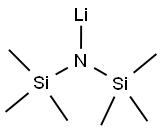

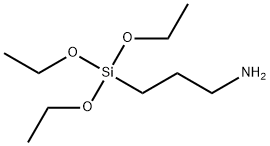
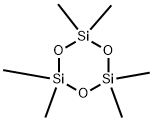
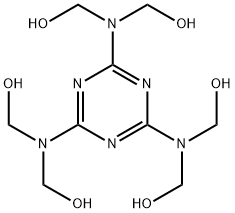
You may like
-
 Hexamethyl Disilazane 98%View Details
Hexamethyl Disilazane 98%View Details -
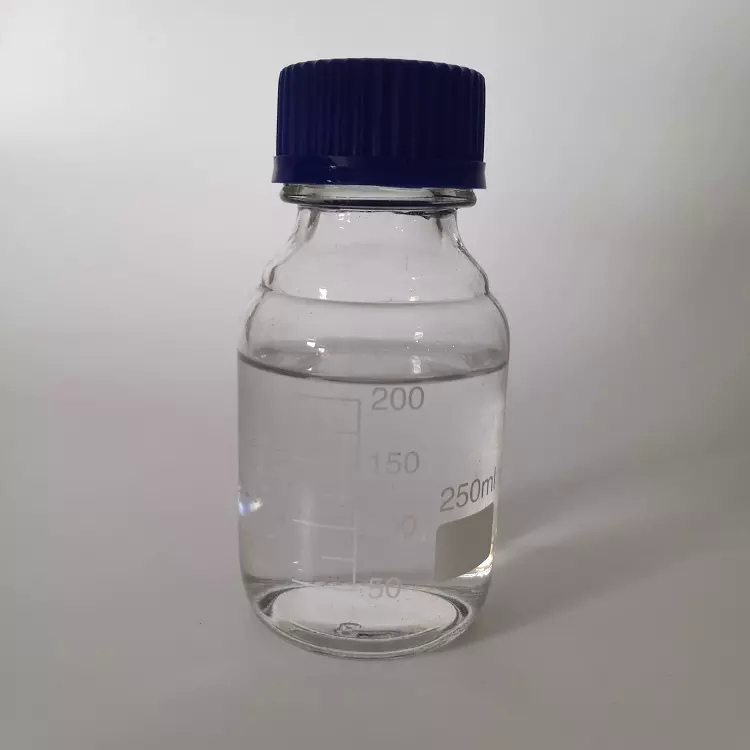 Hexamethyl Disilazane 98%View Details
Hexamethyl Disilazane 98%View Details -
 Hexamethyldisilazane CAS 999-97-3View Details
Hexamethyldisilazane CAS 999-97-3View Details
999-97-3 -
 Hexamethyl Disilazane (HMDS) CASView Details
Hexamethyl Disilazane (HMDS) CASView Details -
 Hexamethyldisilazane Hmds Cas 999 97 3, Grade: Lr,ArView Details
Hexamethyldisilazane Hmds Cas 999 97 3, Grade: Lr,ArView Details
999-97-3 -
 Hexamethyldisilazane Hmds, Purity: 99View Details
Hexamethyldisilazane Hmds, Purity: 99View Details
999-97-3 -
 Hexa Methyldisilazane (HMDS)View Details
Hexa Methyldisilazane (HMDS)View Details
999-97-3 -
 Hexamethyl Disilazane HmdsView Details
Hexamethyl Disilazane HmdsView Details
999-97-3
